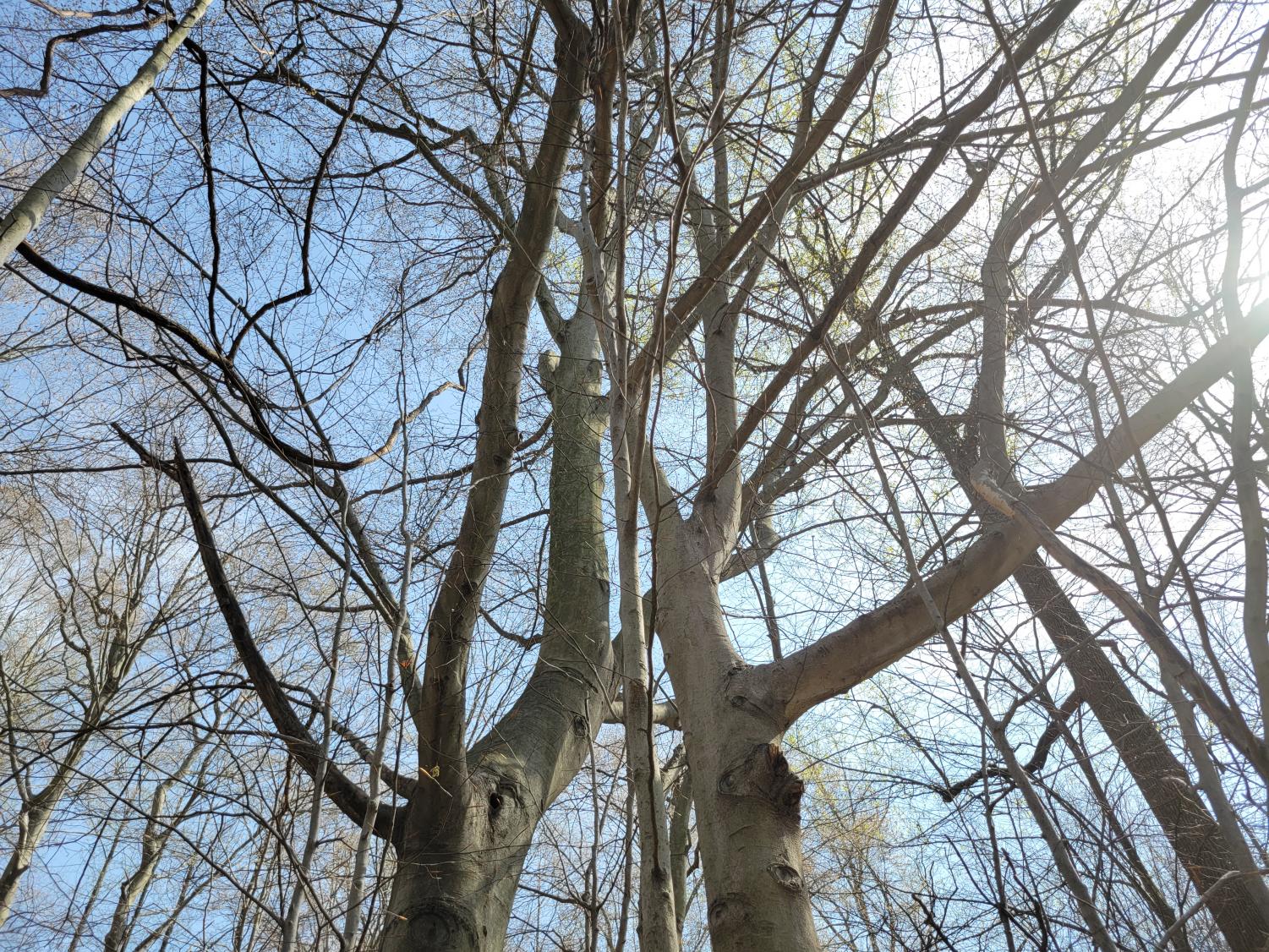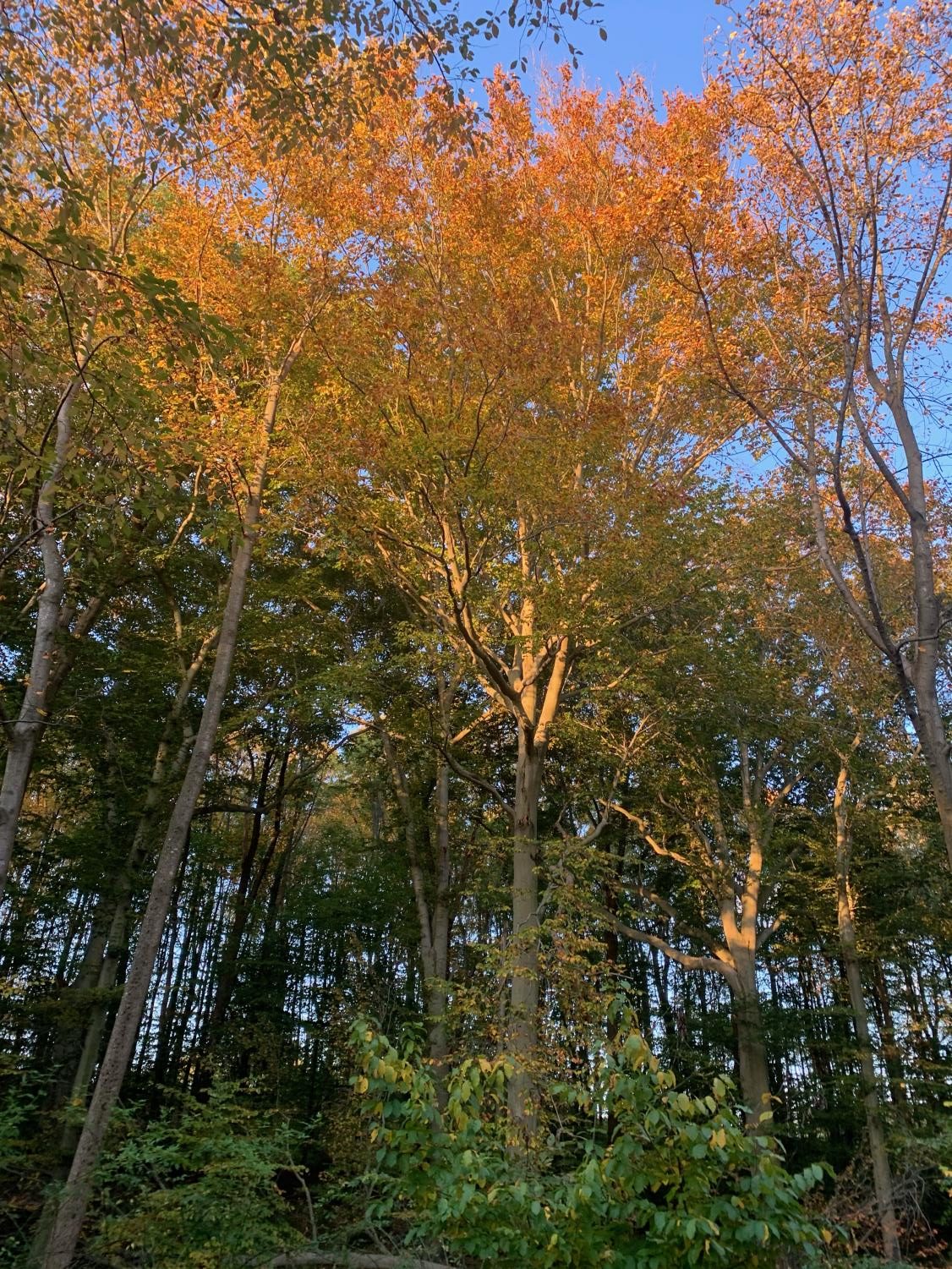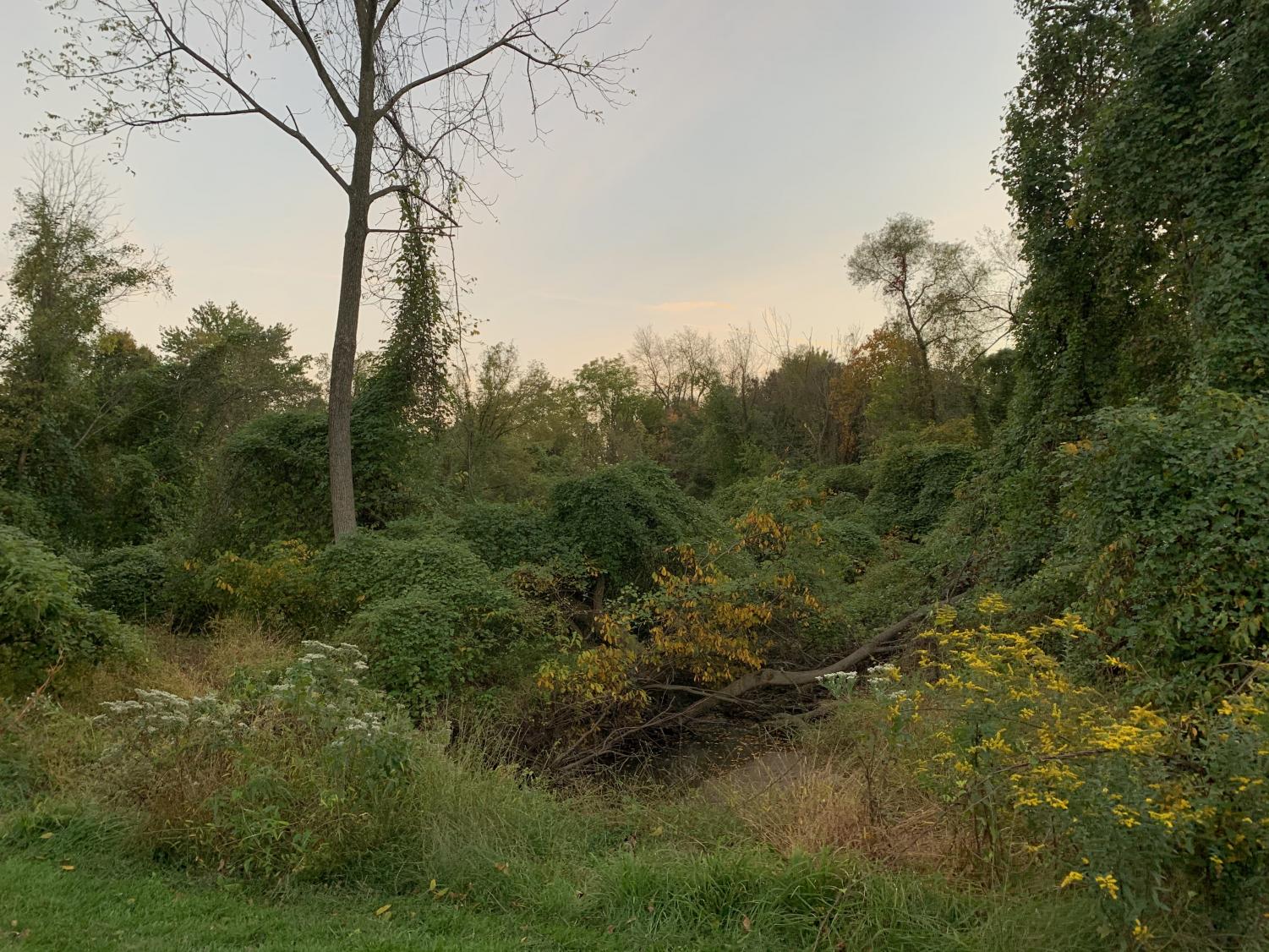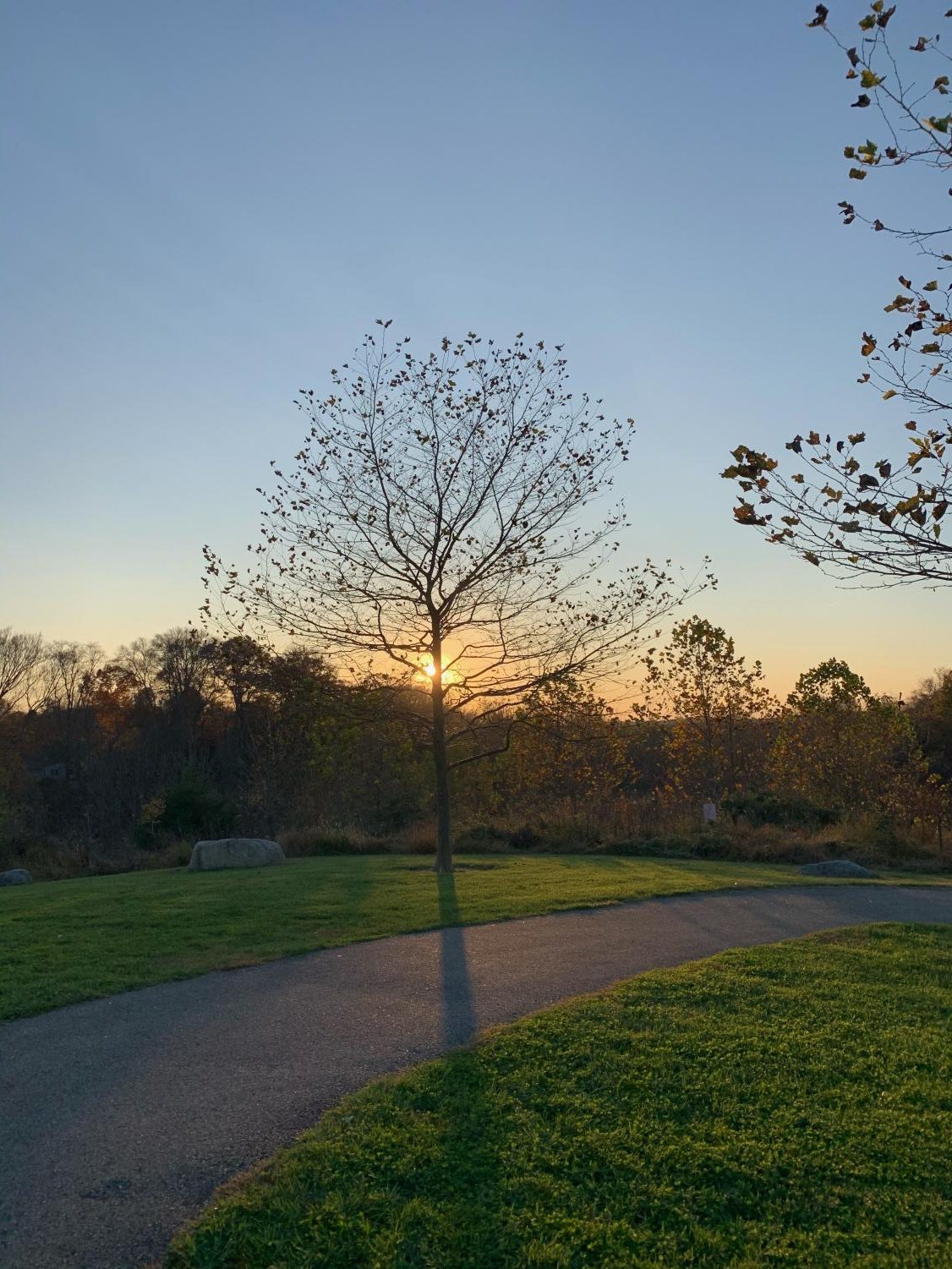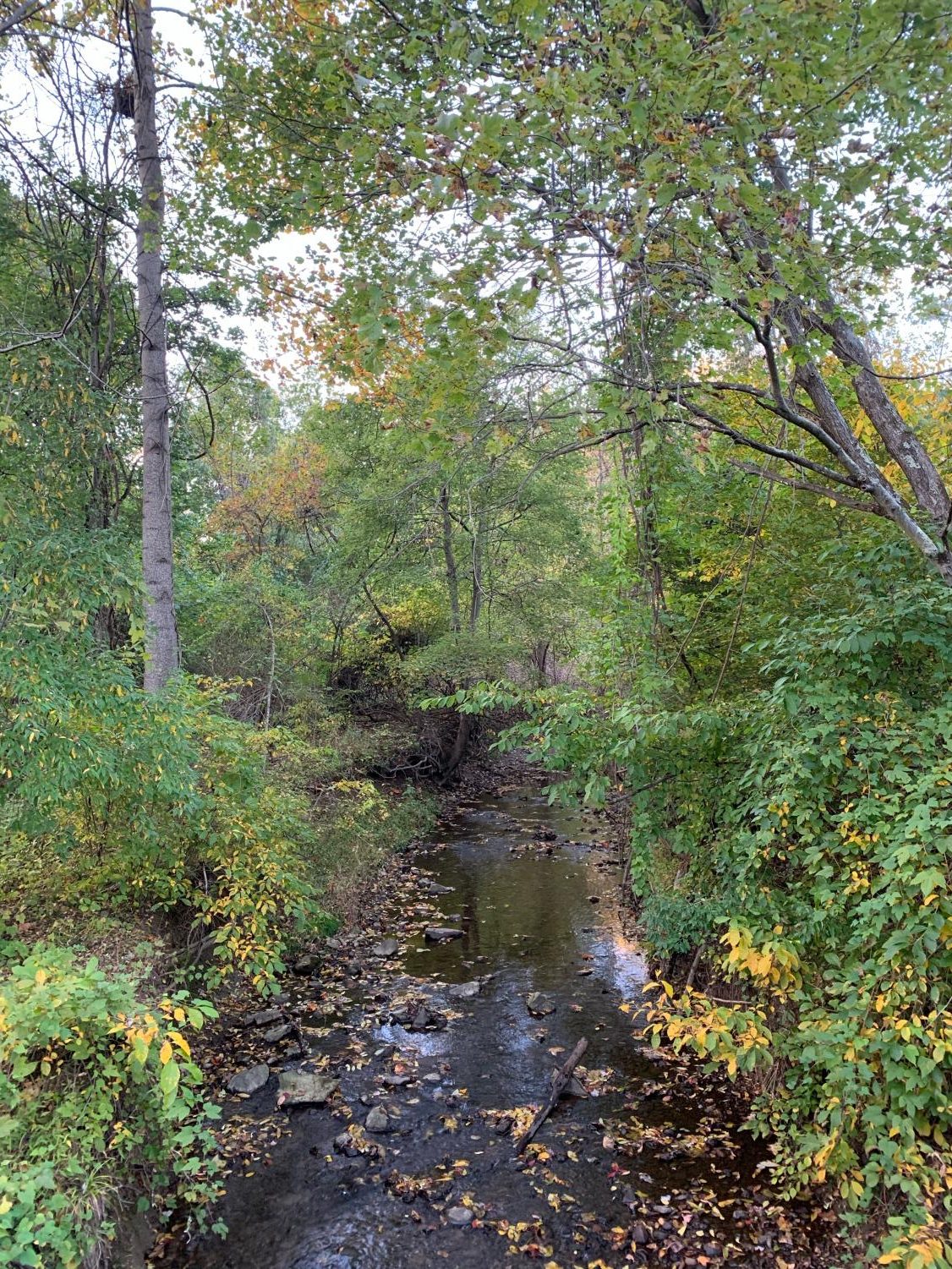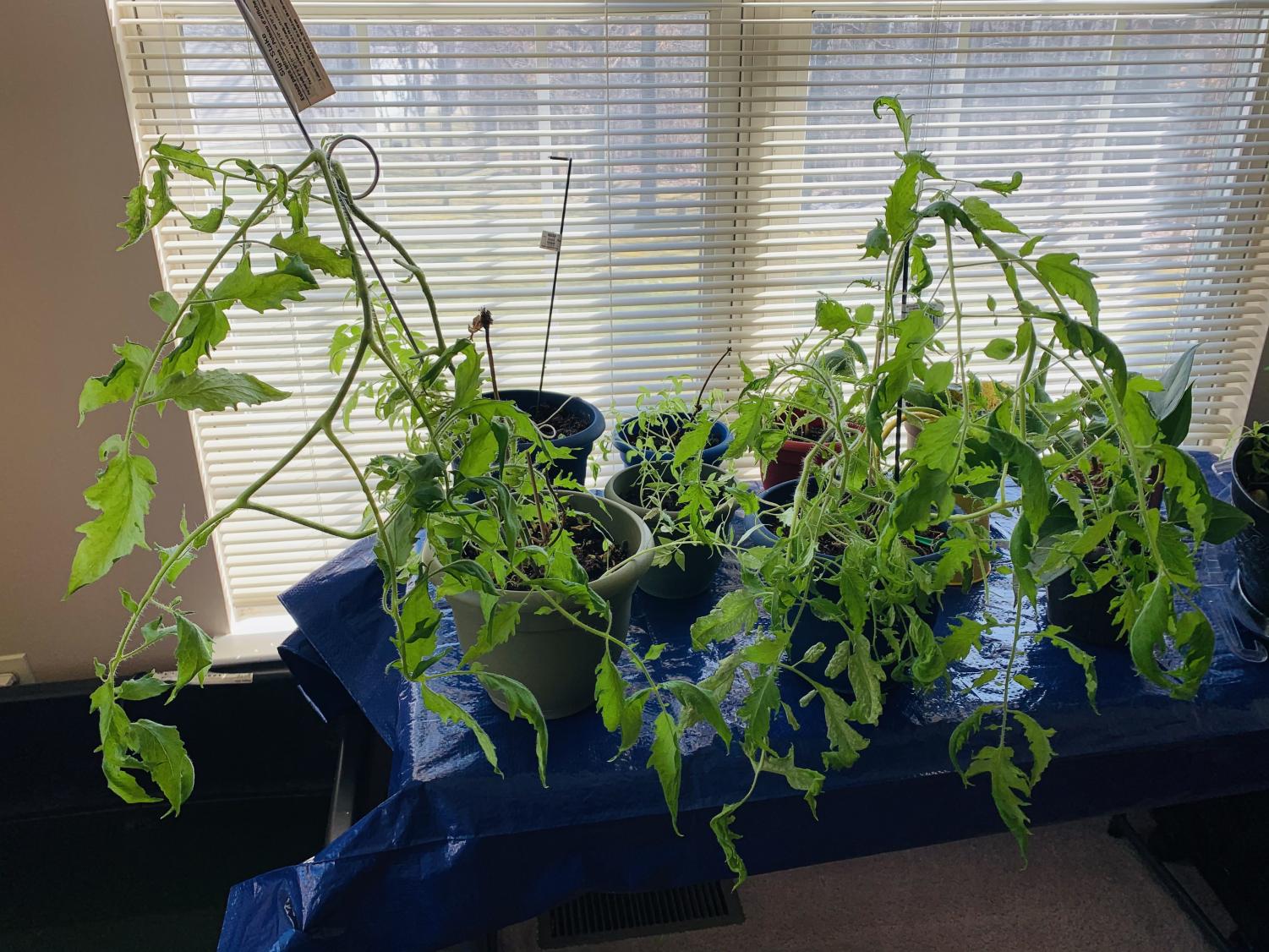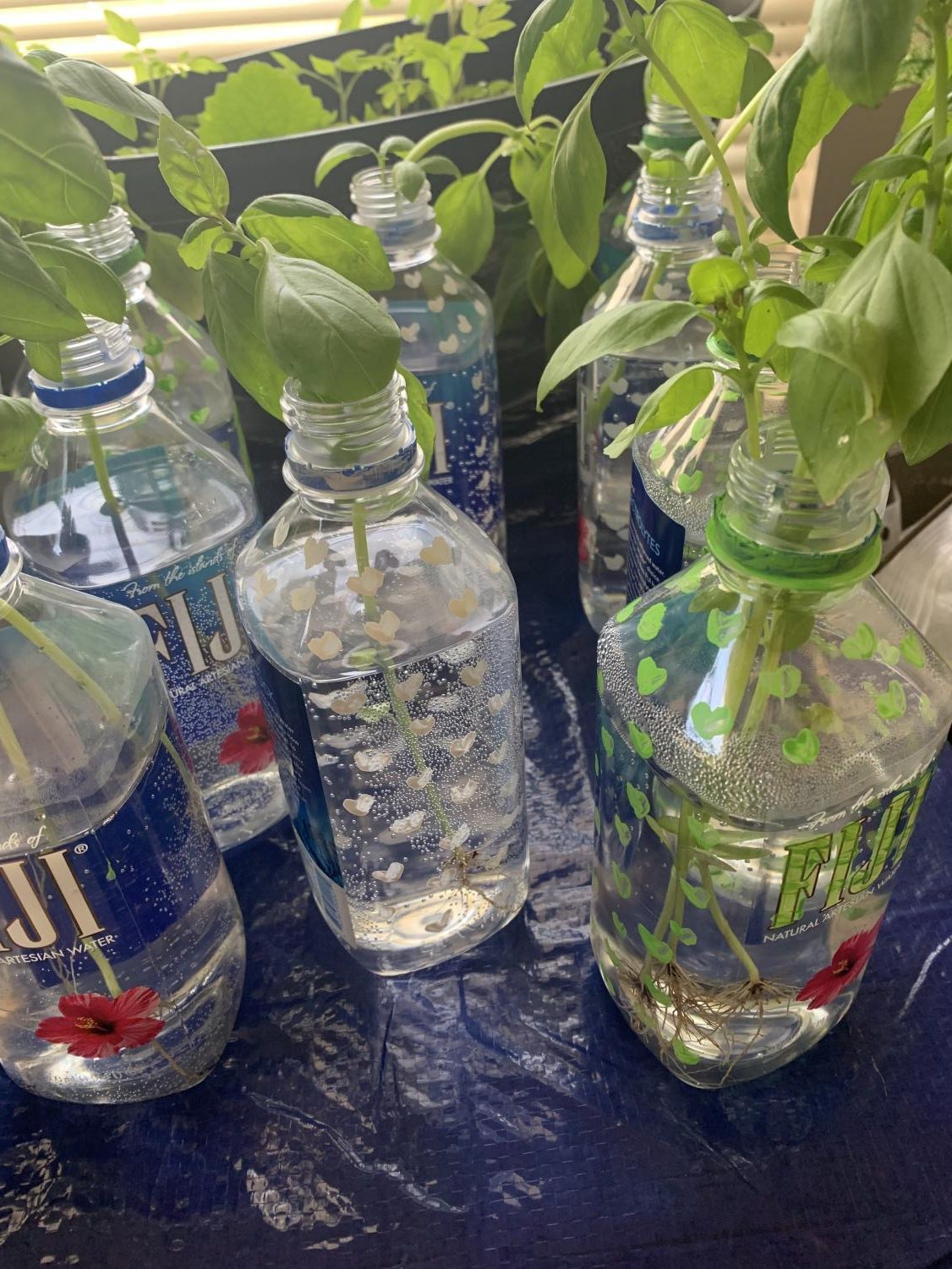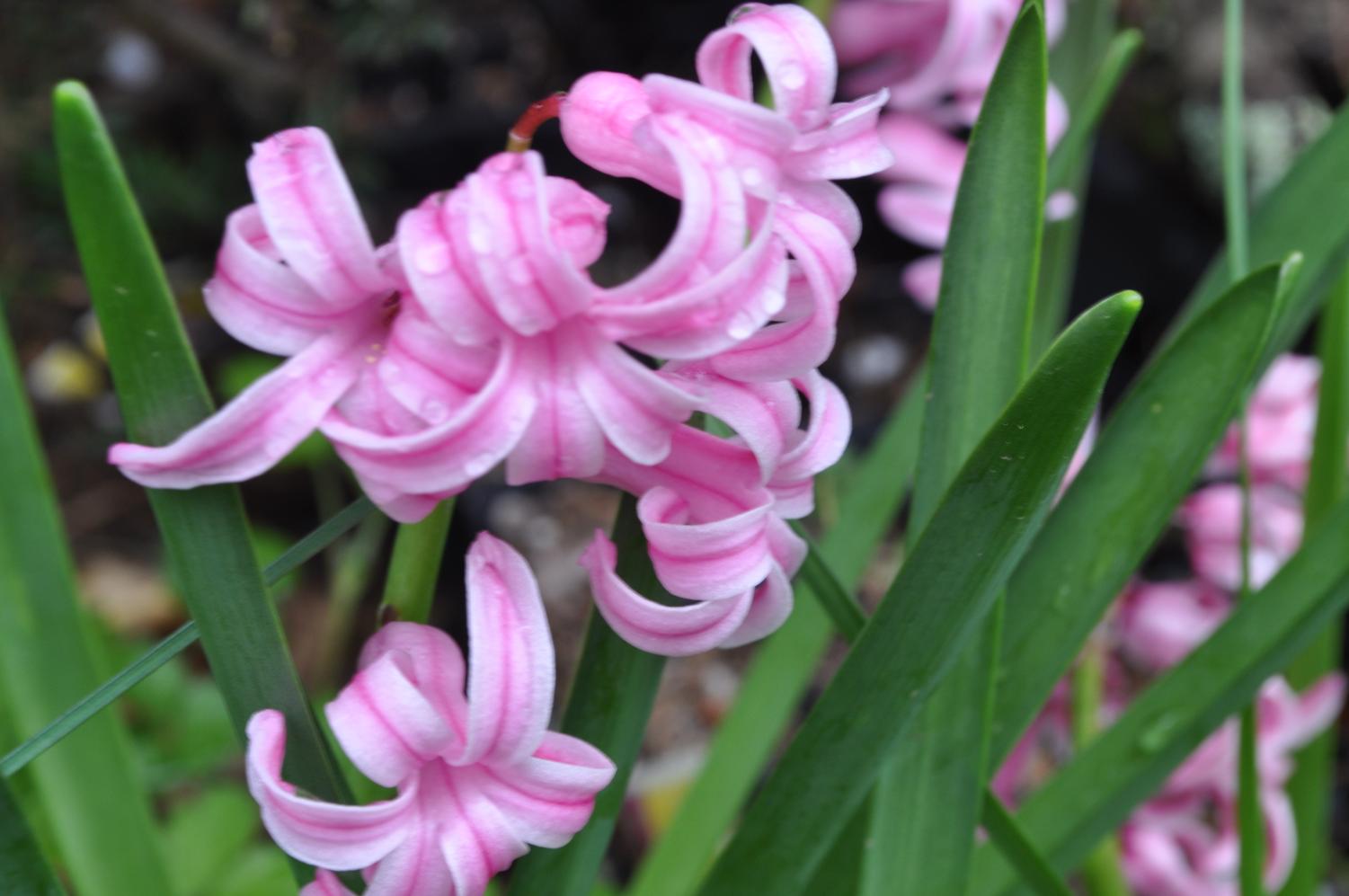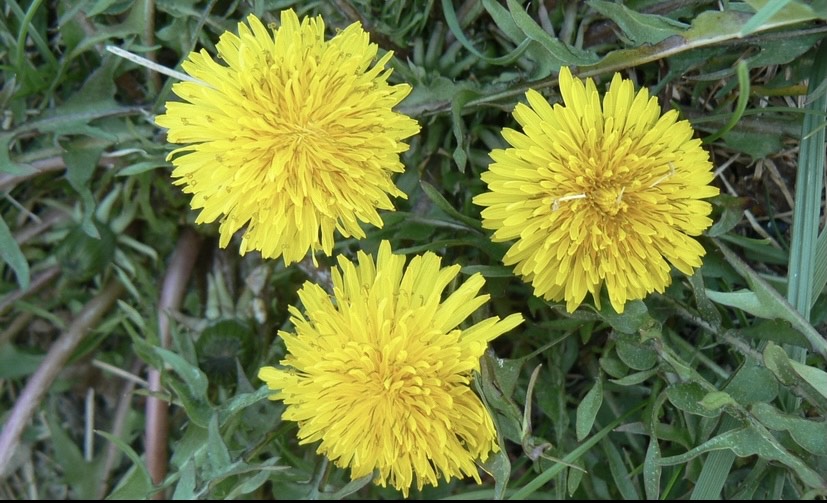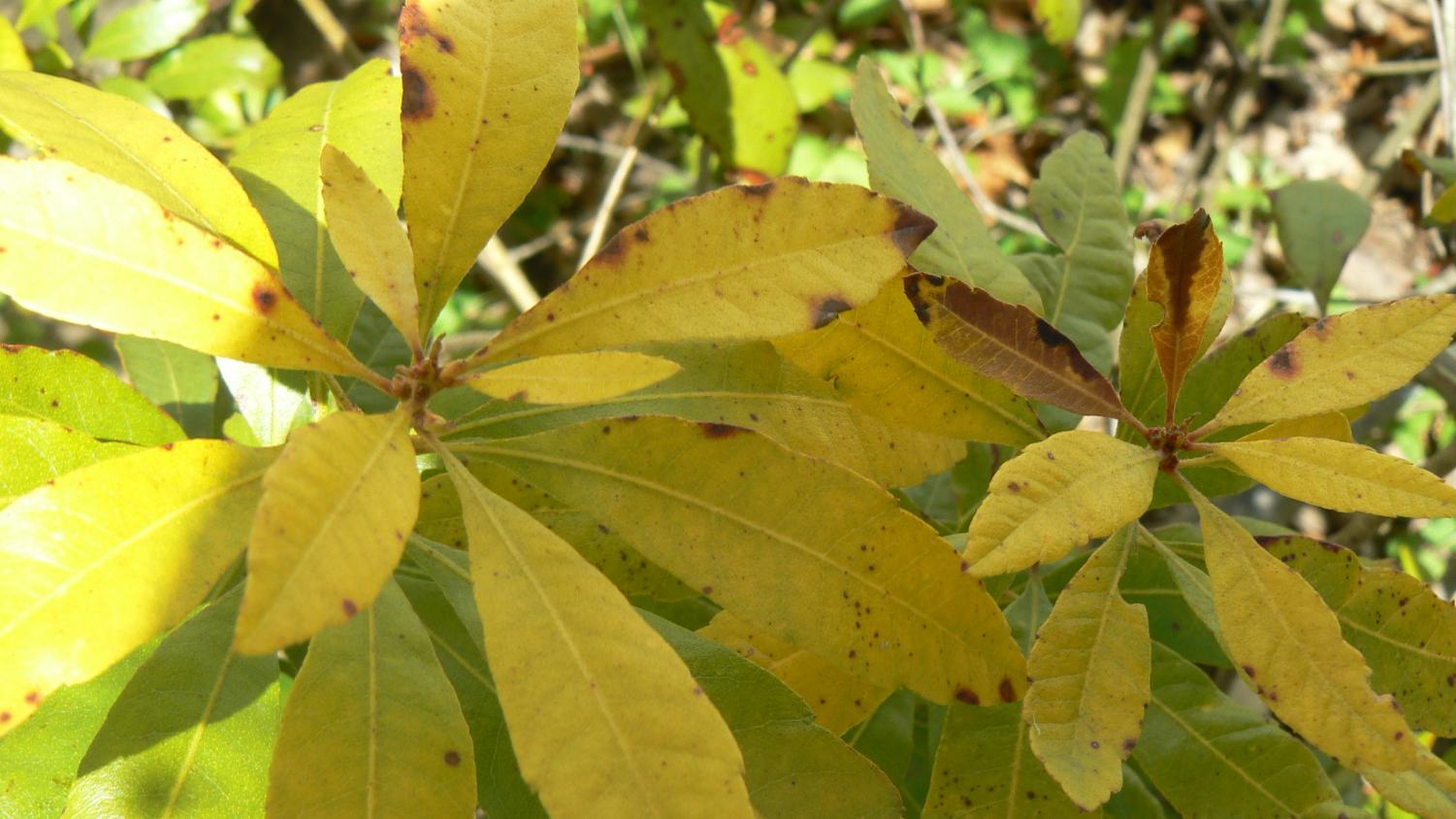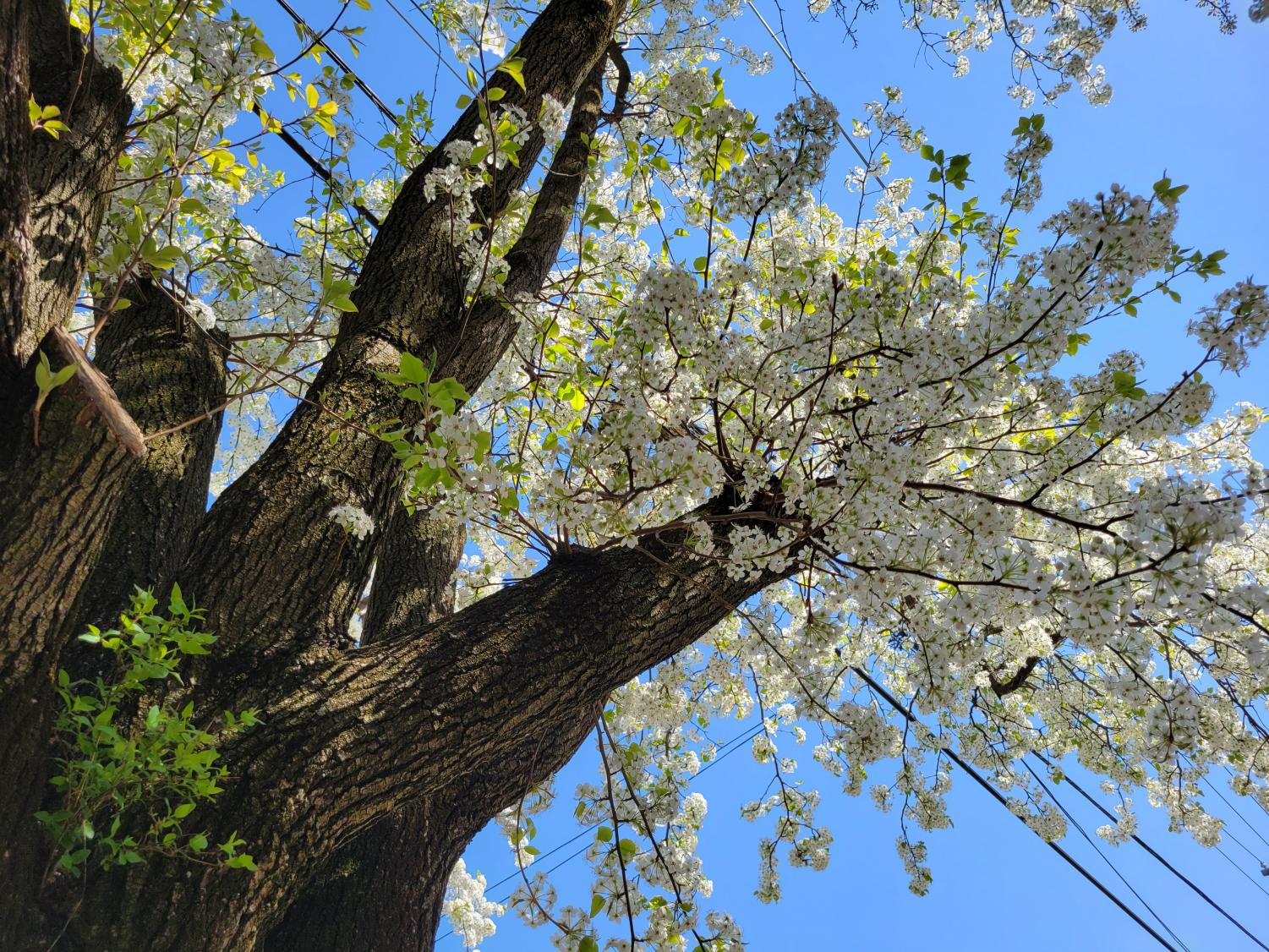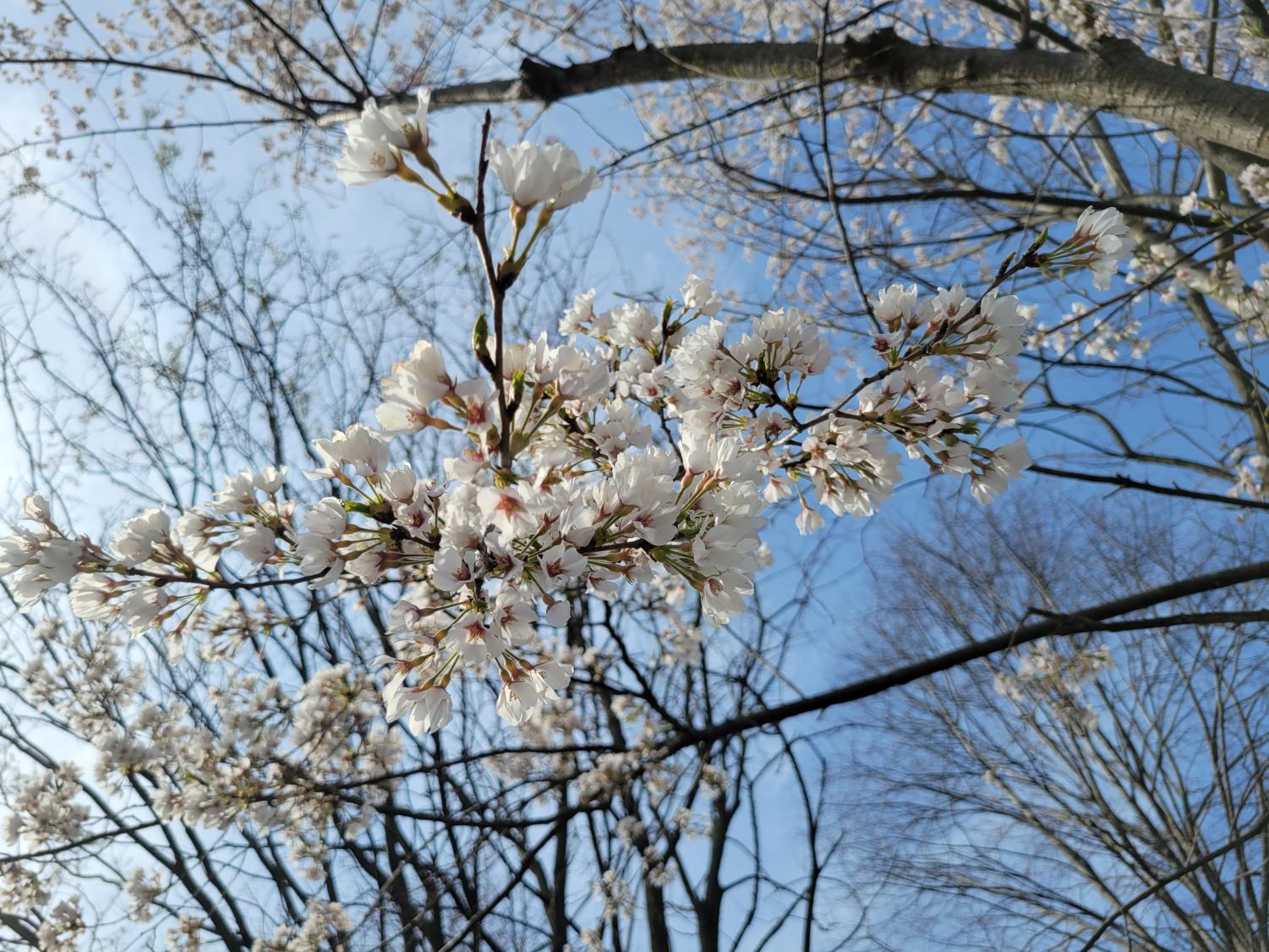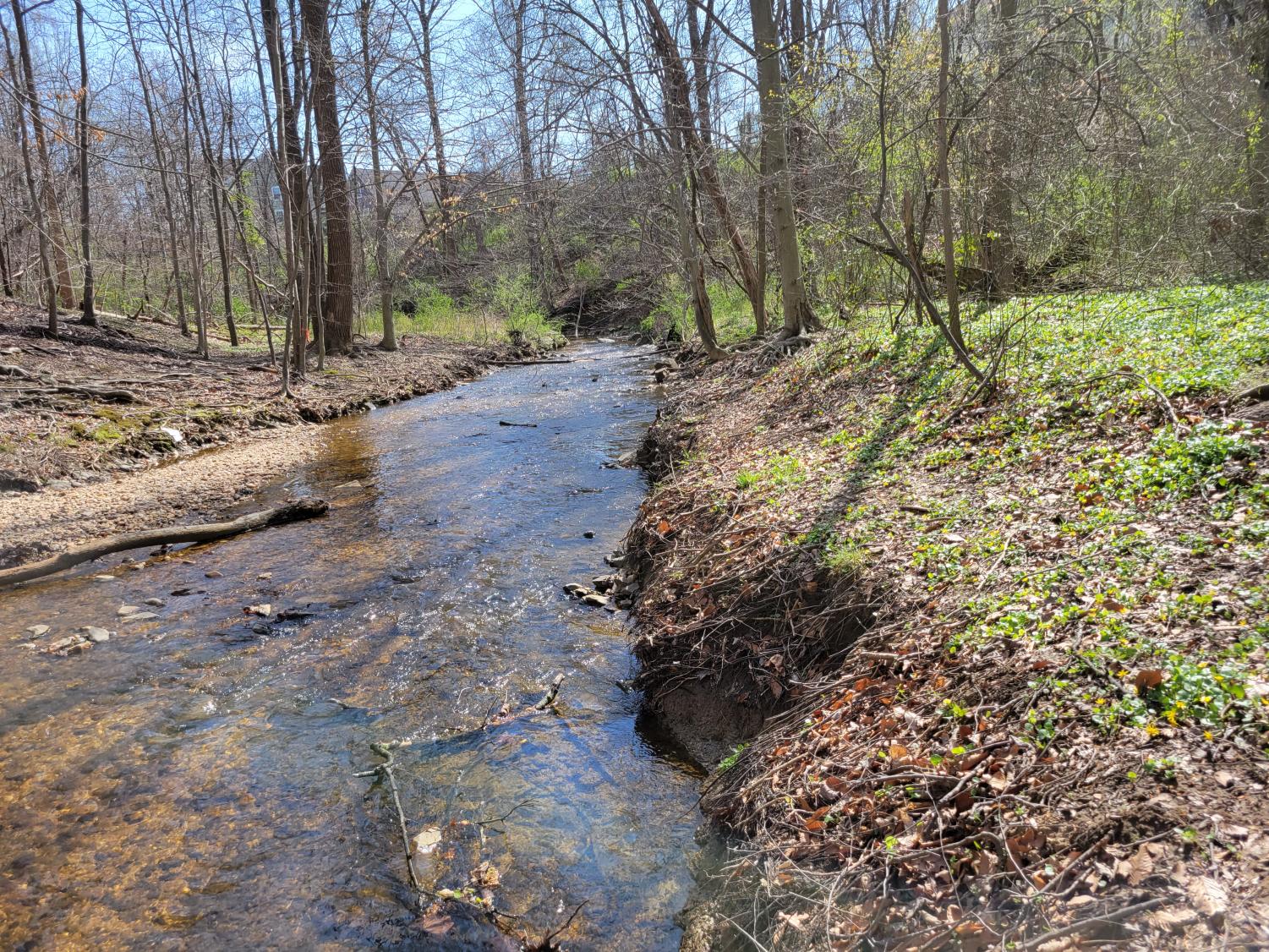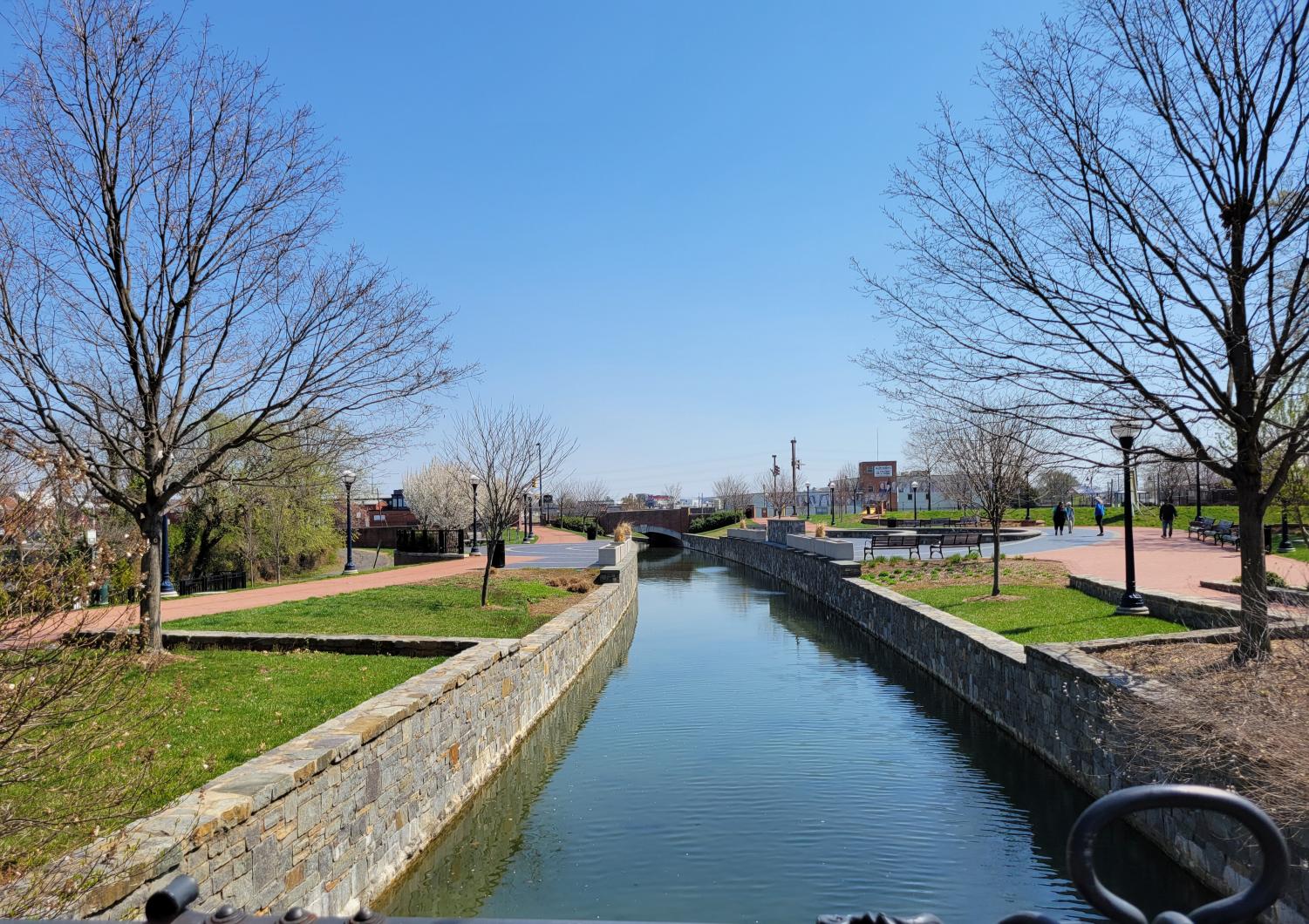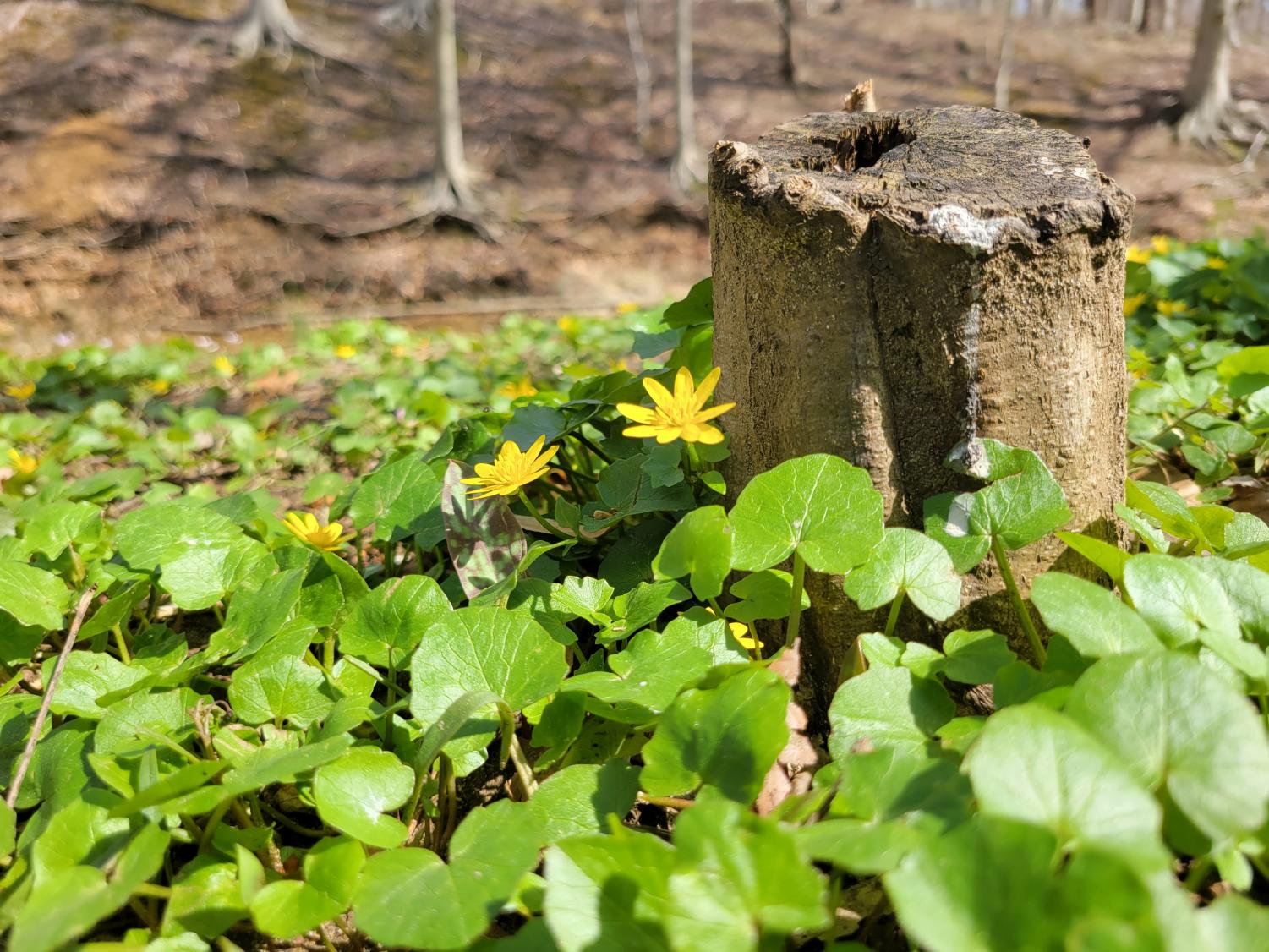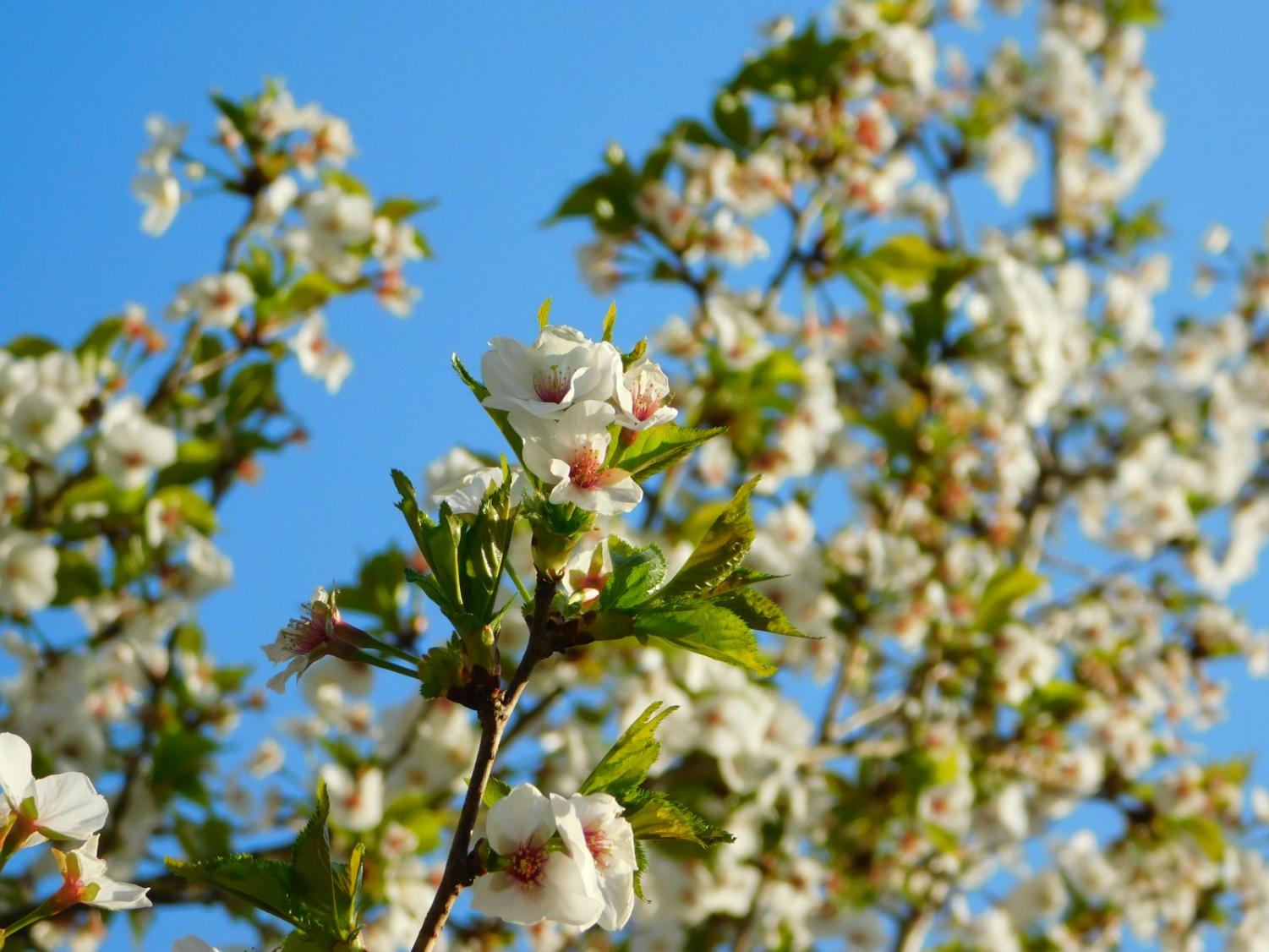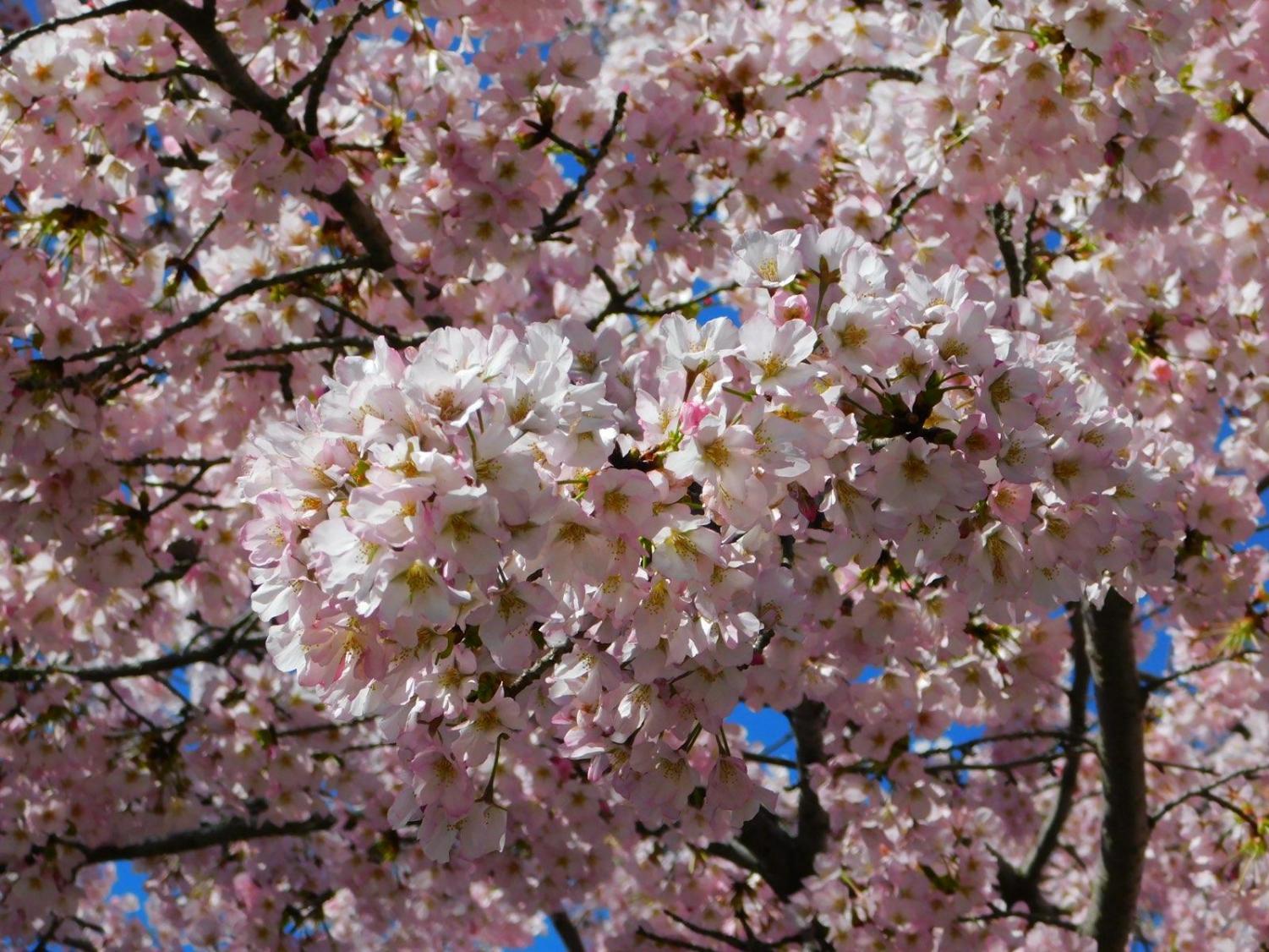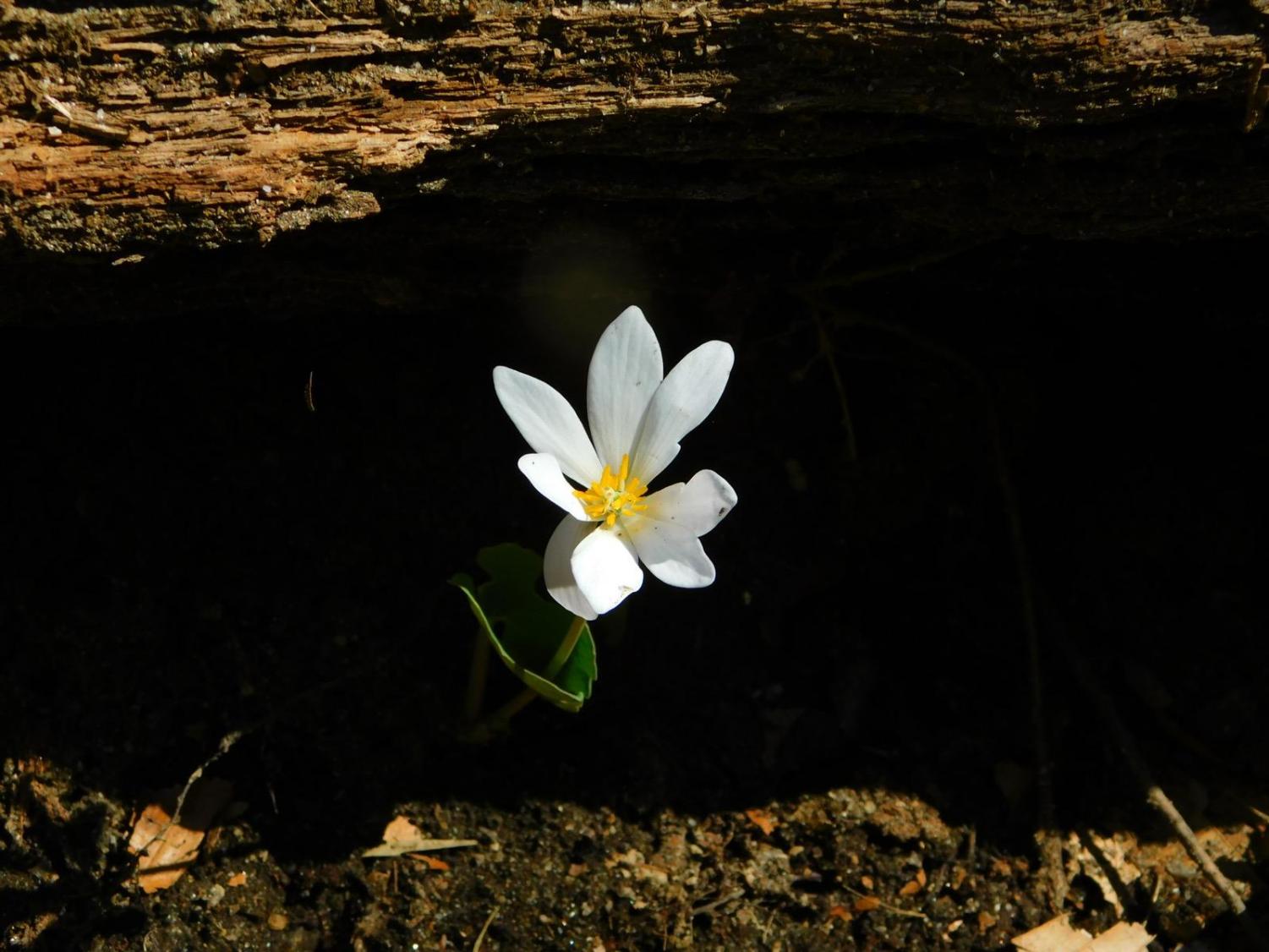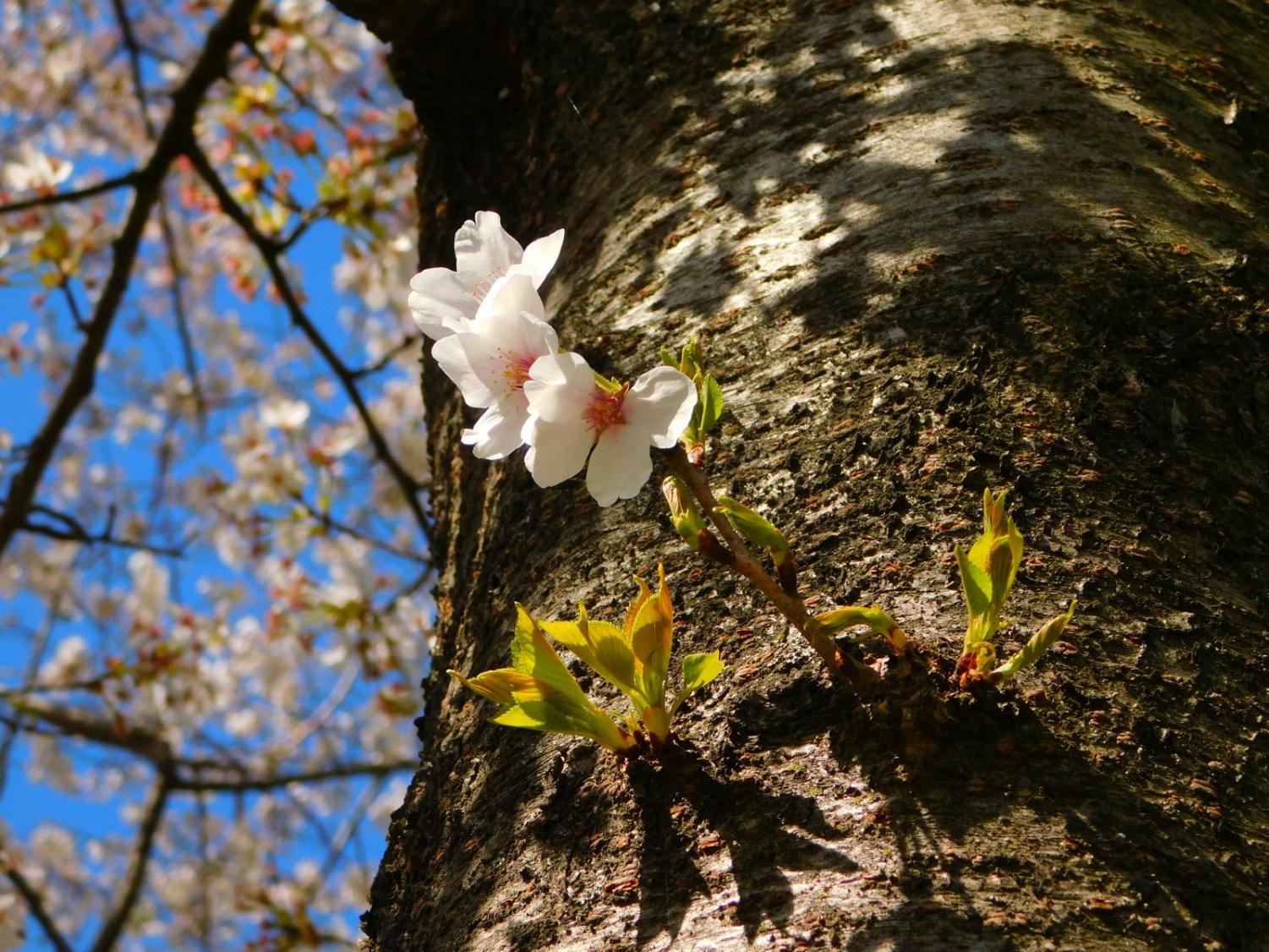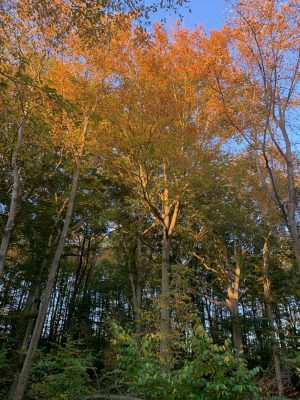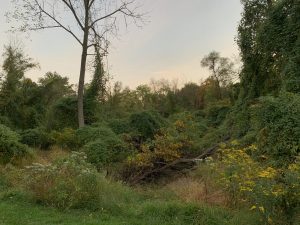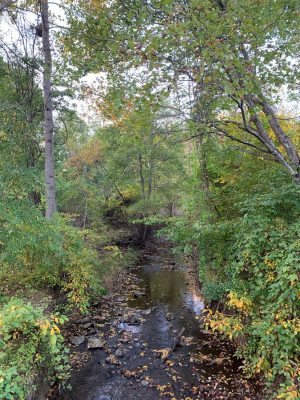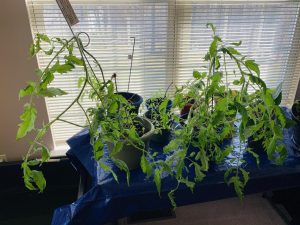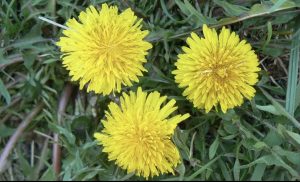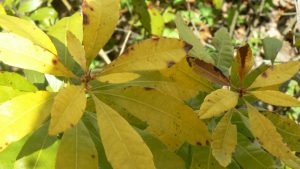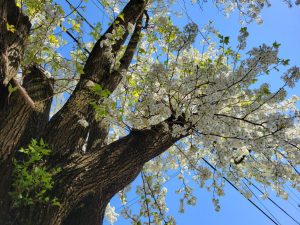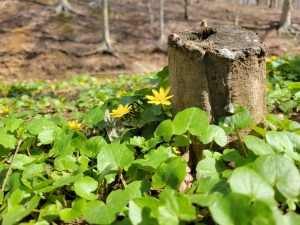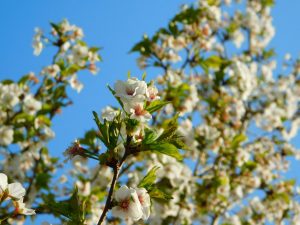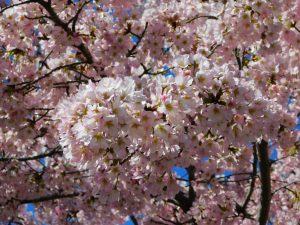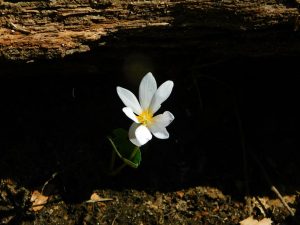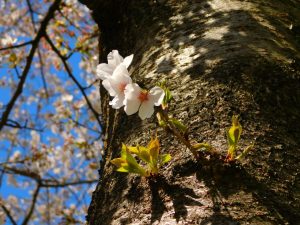More Solutions, More Challenges To Solve
Reforestation Study Finds That Production of Tree Seedlings Needs to Double
April 22, 2021
As environmentalists and conservationists have discovered that planting trees has been a way to reduce the use of carbon emissions, a new challenge has formed, setting back the previous goals of reforestation.
Recently, the Frontiers in Forests and Global Change journal found that there is currently an insufficient production of tree seedlings in the United States. Part of this study states that in order to meet the purpose of reforestation and help combat climate change, the county would need to double the production of seedlings, to around three billion seedlings a year.
In order to find a better understanding of how to increase the production of tree planting, last year a survey was conducted on 181 federal, state, and private nurseries and foresters. Researchers found that nurseries in the United States are currently processing 1.3 billion seedlings a year, most of which would be used to restore the trees destroyed in last year’s wildfires. These results showed that an additional 1.7 billion seedlings would be needed to help with the process of reforestation and carbon storage, bringing a total of three billion tree seedlings.
Despite the discrepancy in numbers, Junior Samantha Tu was hopeful about the reforestation effort. She acknowledged that “for decades people have been destroying forests for a variety of reasons,” and stated that she felt a sense of hope “to find out that people are trying to solve this ongoing problem…to keep the air fresh and undo the damages that were done through deforestation and the environment, even though it is at an insufficient rate.”
In contrast, Junior Mia Sifontes stated, “On one hand [with] more plants, at least we’re heading in that direction, but the plants that provide the most for our planet are the ones that are older and we’ve been cutting them down.”
She emphasized, “I really think we need to take care of our planet–not just trying to fix our mistakes, but keep and protect what we already have as they [mature trees] play a big part in our ecosystem.”
Officials and experts who are part of the tree-planting campaign have reacted to the study with high concern regarding the other obstacles that come with the challenge. Investment and support for the production have come into the picture, in terms of how to safely clean the seeds and produce in a timely manner. Differentiating the obstacle of “how many trees are planted rather than how many survive” has been questioned as well.
Although the problem has now been recognized, researching efficacious ways to spread this news out has to be determined as well.
The Frontier study mentions that reaching the goal of three billion seedlings would “require public support” not only for the investment in nurseries, collection of seeds, the production, and other activities needed, but also building motivation up for those who own land.
“I think some effective ways of spreading the word on deforestation and climate change is through social media–in this day and age, there are many movements that are getting their message out there through social media like the #MeToo Movement,” Tu emphasizes.
In other words, using this method is one of the ways that could also help with acknowledging the production. Tu states that social media “would allow your message about tree seedling production to be able to spread so much further in a shorter amount of time due to people’s ability to quickly and easily share hashtags or information.”
The use of a social platform is a way to help with creating the opportunity for environmental organizations to set up fundraisers, digital strikes, hold discussions about possible solutions, educate and provide useful resources to the public related to climate justice. These are just a few examples of how the message of seedling production could be heard and bring others to join alongside the tree-planting campaign.
Want to learn more or want to discover ways on how to take action? Check out Fridays for Future Digital, a growing movement that provides campaigns, toolkits, and information for students who are unable to physically protest on issues related to the environment.
Also, in recognition of student resilience in dealing with the current pandemic, our school has planted a tree and is currently in the process of designing a commemorative plaque that will be funded by a local non-profit organization, Community Ecology Institute!

